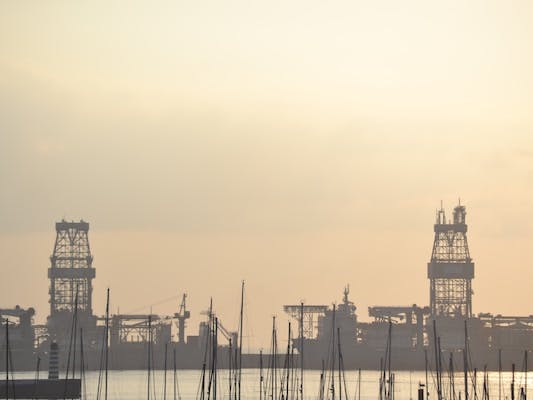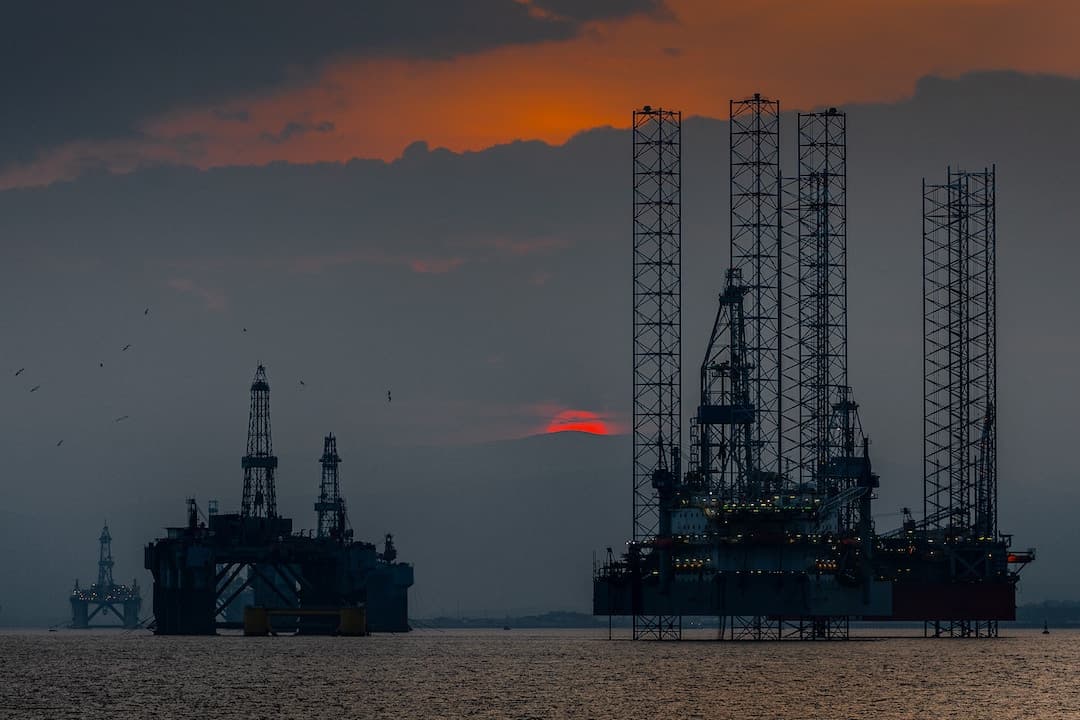Published April 11, 2023
The Advantages of Using Drones for Oil and Gas Industry Operations
Using drones in oil and gas industry operations can provide various advantages in efficiency, cost savings, and safety.

The oil and gas industry is a major player in the global economy, and it is constantly seeking ways to improve efficiency, safety, and cost-effectiveness in operations. One innovative technology that is rapidly gaining popularity in the industry is drones. Drones, also known as unmanned aerial vehicles (UAVs), offer a range of benefits that make them an ideal tool for oil and gas industry operations. In this article, we will explore the advantages of using drones for oil and gas industry operations and how they can improve the industry's performance.
Improved Safety
One of the most significant advantages of using drones in the oil and gas industry is improved safety. Many oil and gas operations are conducted in hazardous environments, including offshore platforms and pipelines, which pose a high risk to human life. With drones, companies can conduct inspections and surveys without exposing workers to these dangers.
Drones can be equipped with high-definition cameras, thermal sensors, and other imaging equipment that can capture detailed images and data from difficult-to-access areas. This includes areas that may be difficult or impossible to reach by foot or with traditional inspection methods. By using drones to inspect pipelines, tanks, and other infrastructure, companies can identify potential safety hazards early and take appropriate action to mitigate risks.
Increased Efficiency
Another advantage of using drones for oil and gas operations is increased efficiency. Drones can cover large areas quickly and efficiently, reducing the time and cost required to conduct inspections and surveys. In addition, drones can operate in difficult-to-access locations, such as offshore platforms, without the need for specialized equipment or personnel.
Drones can also be programmed to fly pre-determined routes, which can be customized based on the specific needs of the operation. This means that companies can conduct inspections and surveys more frequently and consistently, ensuring that potential issues are identified and addressed before they become larger problems.
Cost Savings
Using drones for oil and gas industry operations can also result in significant cost savings. Traditional inspection methods often require large teams of personnel, specialized equipment, and significant downtime for operations. With drones, companies can conduct inspections and surveys more quickly and efficiently, with fewer personnel and equipment requirements.
In addition, drones can reduce the need for costly helicopter flights to offshore platforms, which can be both time-consuming and expensive. By using drones, companies can save money on transportation costs and reduce the amount of time required for inspections and surveys.
Environmental Benefits
Drones can also provide environmental benefits for the oil and gas industry. By using drones to inspect and survey pipelines and infrastructure, companies can identify potential leaks and spills early, reducing the risk of environmental damage. In addition, drones can be equipped with sensors that can detect methane emissions, which can help to reduce greenhouse gas emissions from oil and gas operations.
Improved Data Collection and Analysis
Finally, using drones for oil and gas industry operations can lead to improved data collection and analysis. Drones can capture detailed images and data from difficult-to-access areas, providing companies with a wealth of information about their infrastructure and operations. This data can be used to identify potential issues, monitor performance, and make informed decisions about maintenance and repair activities.
Drones can also be equipped with artificial intelligence (AI) and machine learning (ML) algorithms, which can analyze data in real-time and provide insights into potential issues. This can help companies to make more informed decisions about maintenance and repair activities, improving the overall efficiency and effectiveness of their operations.

In conclusion, drones have revolutionized the oil and gas industry by enabling operators to access remote and challenging locations with ease, improve efficiency, reduce costs, and enhance safety. The use of drones has proven to be a game-changer in the industry, and it is expected that their popularity will continue to grow as more companies adopt them. Drones offer a wide range of benefits, including increased productivity, improved accuracy, enhanced data collection, and reduced risk of accidents.
However, it is important to note that the use of drones in the oil and gas industry is still in its infancy, and there is much to be done to fully realize their potential. Companies must continue to invest in research and development to improve drone technology and ensure that it meets the specific needs of the industry. They must also develop robust regulatory frameworks that promote the safe and responsible use of drones in the industry.
In the coming years, we can expect to see further advancements in drone technology, including longer flight times, higher payloads, and more sophisticated sensors and imaging systems. As these technologies continue to evolve, we can look forward to an even more efficient and effective oil and gas industry, powered by the innovative use of drones.